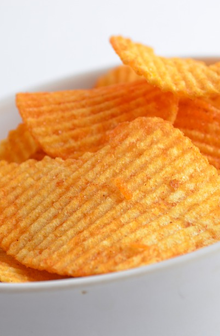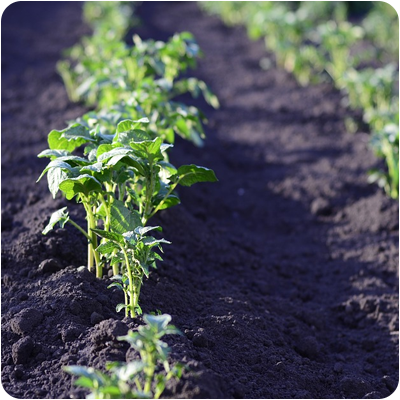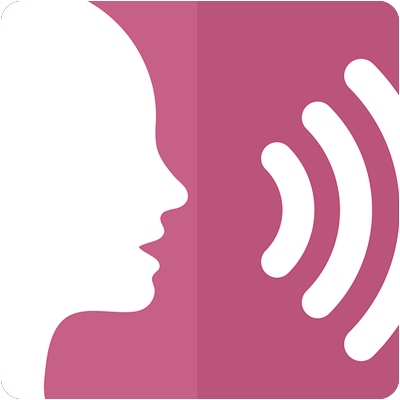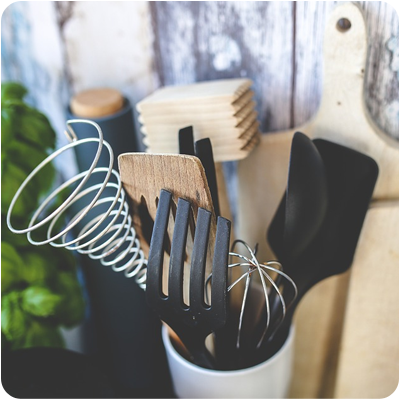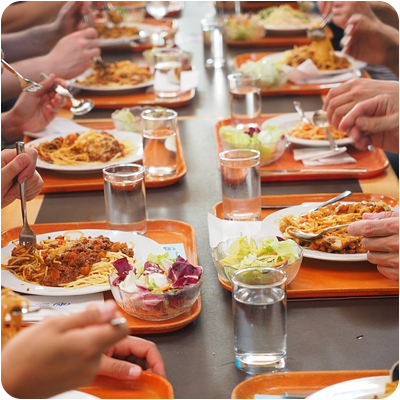Het arrangement 13.1 Crisps - b34 is gemaakt met Wikiwijs van Kennisnet. Wikiwijs is hét onderwijsplatform waar je leermiddelen zoekt, maakt en deelt.
- Auteur
- Laatst gewijzigd
- 11-05-2025 16:32:29
- Licentie
-
Dit lesmateriaal is gepubliceerd onder de Creative Commons Naamsvermelding-GelijkDelen 4.0 Internationale licentie. Dit houdt in dat je onder de voorwaarde van naamsvermelding en publicatie onder dezelfde licentie vrij bent om:
- het werk te delen - te kopiëren, te verspreiden en door te geven via elk medium of bestandsformaat
- het werk te bewerken - te remixen, te veranderen en afgeleide werken te maken
- voor alle doeleinden, inclusief commerciële doeleinden.
Meer informatie over de CC Naamsvermelding-GelijkDelen 4.0 Internationale licentie.
Aanvullende informatie over dit lesmateriaal
Van dit lesmateriaal is de volgende aanvullende informatie beschikbaar:
- Toelichting
- Deze les valt onder de arrangeerbare leerlijn van de Stercollecties voor Engels voor vmbo beroepsgerichte leerweg, leerjaar 3 en 4. Dit is thema 13 'Food'. Het onderwerp van deze les is: Crisps. In deze les staat chips centraal, waarbij er gesproken wordt over het maken van chips en een chipsfabriek. De spreekopdracht is gericht op het spreken over voeding. De onregelmatige werkwoorden in deze les zijn: to sleep, to speak en to send. In de grammaticaopdracht worden de quantifiers: some en any behandeld.
- Leerniveau
- VMBO basisberoepsgerichte leerweg, 4; VMBO basisberoepsgerichte leerweg, 3;
- Leerinhoud en doelen
- Engels;
- Eindgebruiker
- leerling/student
- Moeilijkheidsgraad
- gemiddeld
- Studiebelasting
- 1 uur 40 minuten
- Trefwoorden
- arrangeerbaar, b34, chips, chipsfabriek, crisps, engels, quantifiers: some en any, stercollectie, voeding

